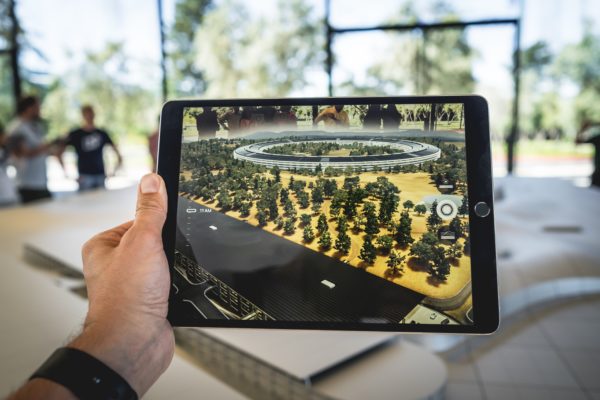For over a century, a ride on a ghost train or amusement park river cave was a highlight of our childhoods, but very few of the early “dark rides” remain.
Deakin lecturer in Visual Communication, Joel Zika, is on a mission to capture both the physical construction and unique immersive experience of these rides through virtual reality, through the Dark Ride Project.
For his PhD research, over the next two weeks Mr Zika will travel to the USA and UK to film the haunted house ride at Camden Park, West Virginia (1961), Trimper’s Ride in Ocean City, Maryland (1964), and the river caves in Blackpool, UK (1905).
The footage will be easily viewed on any platform, such as Google Cardboard, Samsung or Oculus VR, although Mr Zika is seeking interest from industry for specialised development.
The indoor rides where scenes are brought to life through animation, sound, and special effects, dark rides transport us to distant, exotic and often spooky places.
Mr Zika believes that they are a neglected part of our history. Apart from their direct social benefits, he argues that dark rides have contributed to technological developments, such as the emergence of cinema (predating feature length movies), influenced popular culture and provide a record of our collective psyches at significant moments throughout the century.
[testimonial_text]At one time, there were hundreds of amusement parks across Australia, the USA and Europe, but various economic and social factors led to the destruction of almost all the pioneering rides[/testimonial_text]
[testimonial_picture name=”Joel Zika” details=”Lecturer in Visual Communication”]
[/testimonial_picture]
“This history has generally been ignored because, in many cases, there is very little visual evidence. There are a few photos, but we are having to use sources like patents, drawings and descriptions from old newspaper articles to understand what they were really like.”
He argues that the very first feature film “A trip to the Moon,” the 1902 French silent film, directed by Georges Méliès, was influenced by a dark ride – the multi-million dollar multimedia “Journey to the Moon” immersive exhibit at the 1901 World Fair in Buffalo New York.
“Many of the people working on the first movies had worked in trick photography and amusement parks, where they explored optics and the effects of moving cameras and different camera positioning,” he said.
In preparation for his overseas work, Mr Zika fine-tuned his camera and lighting skills by filming, in 360 degree VR, Melbourne’s own historic dark ride – the ghost train at Luna Park.
“Amusement parks originally developed around the turn of the 20th century, as a response to changes in lifestyle, particularly the new mobility provided by modern transport. They were often known as ‘trolley parks’ – constructed at the end of a trolley line for weekend visitors,” he said.
“Practically every big town had a ‘Luna Park’ with rides like ferris wheels, ghost trains and merry-go-rounds.”
He noted that the emergence of dark rides is relevant to developments in contemporary technology.
“Today, we have an active audience in a new digital environment. There are no rules and we can explore new ways to look at spaces,” he said.



